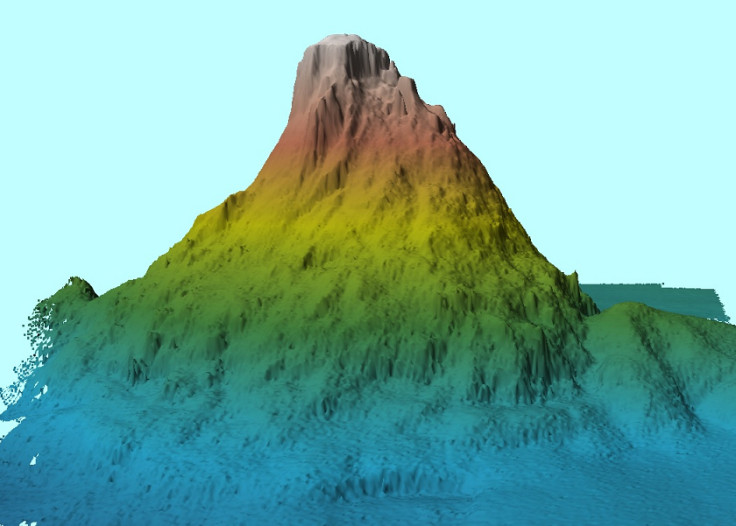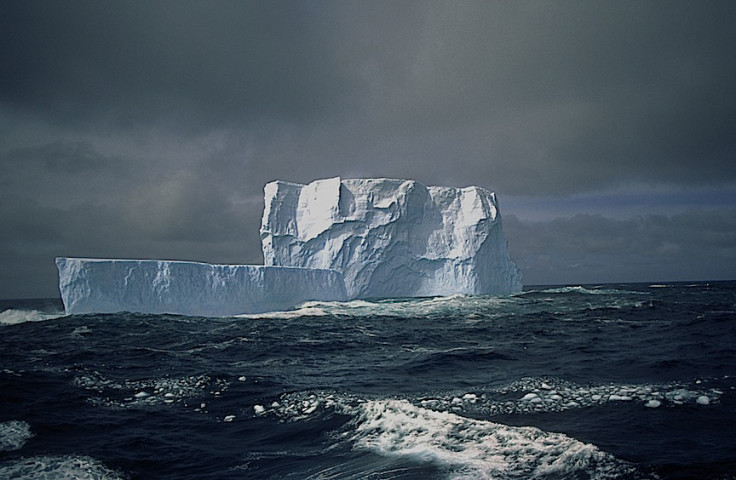Underwater mountains solve mystery of where the poles' coldest water goes
Cold water sinks – but in in the polar seas, what goes down must come up.
Cliffs and chasms in the ocean floor create the turbulence needed to push cold, dense water up to the surface, a new study finds, solving a problem scientists have been puzzling over for 50 years.
Vast ocean currents are thought to circulate the water from the surface to the seafloor and back up again. In the polar regions, cold water sinks to the abyssal ocean at a rate of about 107 cubic meters per second, or 50 times the transport of the Amazon River. But how does it get back up to the surface to complete the cycle?
The other half of the mechanism, to get cold water to rise from the seabed to the surface, has been harder to explain. The ruggedness of the seafloor, with cliffs, ridges and chasms deep underwater are the answer to the puzzle, according to a paper published in the journal Nature Communications.
Scientists studied water near Antarctica in the Southern Ocean using a tracer, releasing it about 1,000 miles to the west of a stretch of sea called Drake Passage. The seafloor at Drake Passage is much rougher than the surrounding plains. The tracer measured very little ocean turbulence in its passage until it reached Drake Passage, where it met a series of ridges and underwater mountains.
"All of a sudden, it started to spread in the vertical quite fast," said study author Raffaele Ferrari, an oceanographer at the Massachusetts Institute of Technology in the US, in a statement.
These seafloor features, such as continental boundaries and seamounts, create turbulence and currents that forces the cold water upwards, in a similar way to how skyscrapers can disrupt air to create intense wind tunnels.
"In the abyssal ocean, you have 4,000-meter sea mountains and very deep troughs, up and down, and these topographic features help create turbulence," Ferrari said. "What seems to be emerging is that water comes back up from the abyss by spending a lot of time in these places where turbulence is really strong."

The findings suggest that water cycling in the polar regions could be a lot faster than was previously understood.
"The general understanding is that abyssal waters take few to several thousand years to resurface," says lead author and MIT postdoc Ali Mashayek. "If a considerable amount of such upwelling occurs rapidly along sloped boundaries, continental margins, and mid-ocean ridges, then the timescale of recycling of abyssal waters can be shorter."

© Copyright IBTimes 2025. All rights reserved.






















